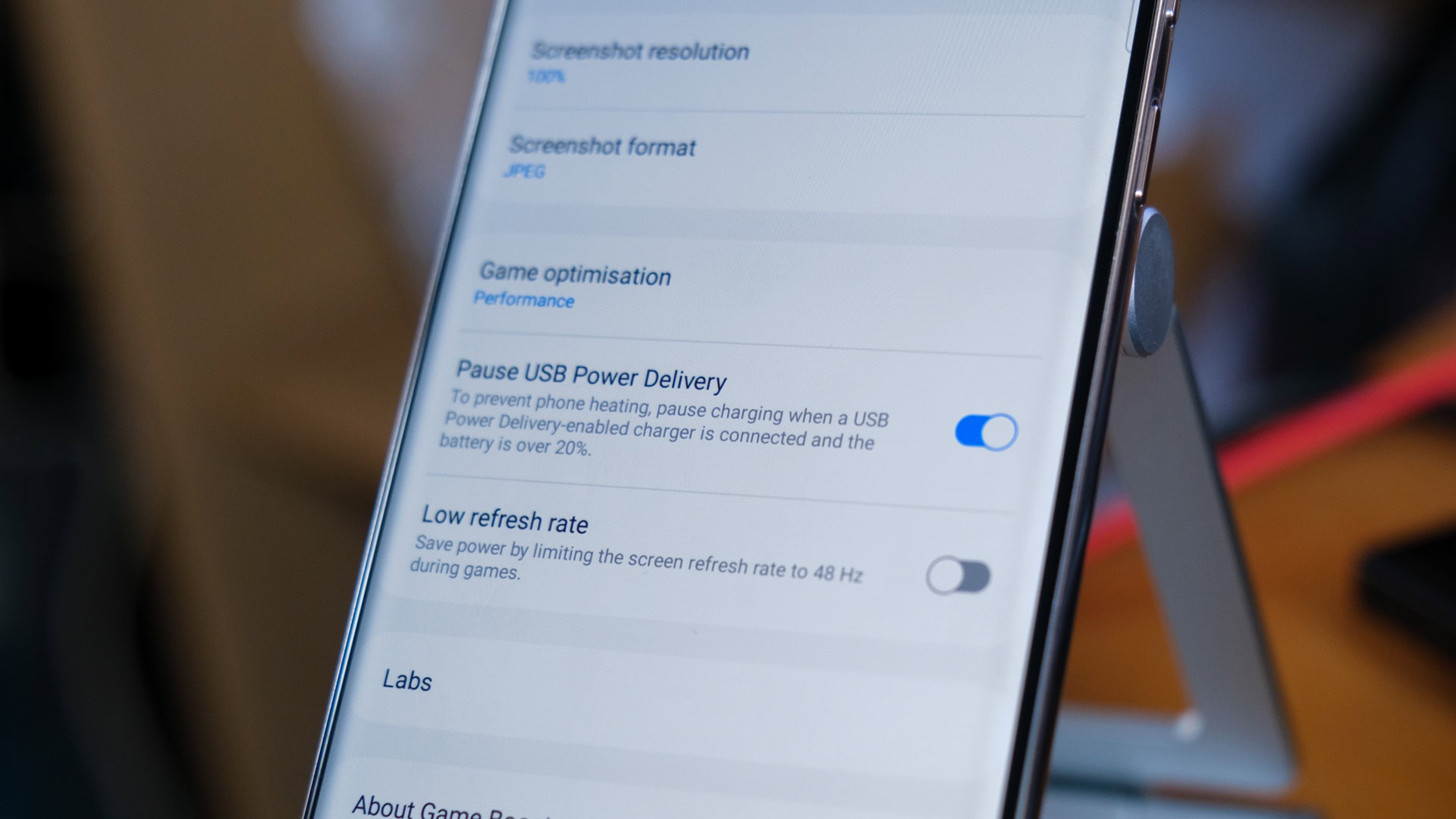A NASA satellite has identified an intriguing super-Earth, a planet that is around 30 to 70 percent larger than Earth, located in another solar system 137 light-years away. The exoplanet, named TOI-715 b, is approximately 1.5 times the size of Earth and is positioned within the habitable zone where conditions could be right for the existence of liquid water on the surface.
TOI-715 b orbits near its star with each orbit lasting only 19 days. Despite its proximity to its star, which is a cooler and smaller red dwarf, researchers do not believe it to be an extremely hot planet. The planet’s detection was published in the Monthly Notices of the Royal Astronomical Society.
NASA’s Transiting Exoplanet Survey Satellite (TESS) found TOI-715 b and is designed to search for exoplanets by observing them as they pass in front of their stars, allowing for the revelation of their existence and other characteristics. Planetary findings around red dwarfs are particularly promising for identifying potentially habitable environments, as their shorter orbits increase the likelihood of detection by telescopes like TESS.
The James Webb Space Telescope, located approximately 1 million miles from Earth, will be used to conduct further investigations of TOI-175 b’s atmosphere, providing more insight into the nature of these super-Earths. According to Renyu Hu, an exoplanet researcher at NASA’s Jet Propulsion Laboratory, there is still much to be learned about these exciting planets.












/cdn.vox-cdn.com/uploads/chorus_asset/file/23758940/verge_IMG20220617212553_2040pxl.jpg)


